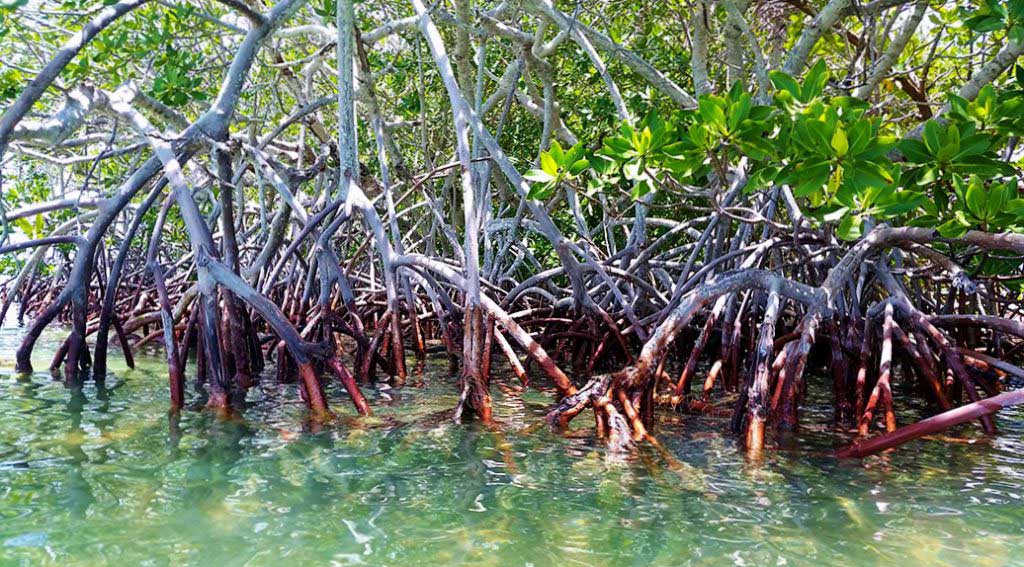
Florida: Always in Flux
I’ve now been a resident of Florida for over half my life. That is an odd thing to say, as I still think of myself as being from Kentucky. However, my ability to identify a roach leg at 10 paces out has developed over the course of many years in this bug-friendly habitat.
And yes, you read that right. Roach leg. It’s not uncommon to find a hairy little leg on the floor with no trace of the body that it was once attached to.
Despite this, I haven’t explored as much of the Sunshine State as I would like to or should. There was one year, an entire year, when I did not cross the bridge to Tampa except to go to the airport. An entire year.
But traveling throughout the state is always an adventure. North Florida feels like an extension of Georgia. Cuba’s influence in South Florida is staggering. And then there are the migratory northerners, from exotic places such as Toronto, Rhode Island, and New Jersey, who change the environments they choose to inhabit. I find there are very few people in Florida who are actually from Florida. Even my college roommate, who was fifth-generation Floridian, liked to joke that her family was really from Georgia; they had only moved to escape Sherman’s burning of Atlanta.
With the influx of people into Florida every day comes a real need for resources: housing, grocery stores, Targets. There is construction out the wazoo down here. Tampa feels like a subdivision of Orlando, or vice versa, and the cattle ranches and orange groves of yesteryear have disappeared under an overgrowth of cookie-cutter houses and pre-fab apartments.
The very things that define Florida are often not from Florida at all. But that is the dichotomy that is Florida, the differences that mold the state into what it is today. Even so, when I drive across Florida, this passage from Susan Orlean’s The Orchid Thief always comes to mind:
“There is something about Florida more seductive and inescapable than almost anywhere else I’ve ever been. It can look brand-new and man-made, but as soon as you see a place like the Everglades or the Big Cypress Swamp or the Loxahatchee you realize that Florida is also the last of the American frontier. The wild part of Florida is really wild. The tame part is really tame. Both, though, are always in flux: The developed places are just little clearings in the jungle, but since jungle is unstoppably fertile, it tries to reclaim a piece of developed Florida every day.”
That final line, the unstoppable fertile Florida jungle, has stayed with me since I first read it in 1999. I imagine curls of bougainvillea weaving their way towards the million dollar homes, or the fires licking the edge of the road, leaving the palm trees in their path black at their bases, or even the rising salt water, pushing its way into channels where it doesn’t belong.
The environmental destruction in the name of development can be mind numbing. But then I imagine that small tendril reaching across, ever so slowly, reclaiming its territory, taking back what is rightfully Florida.